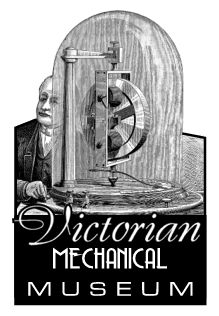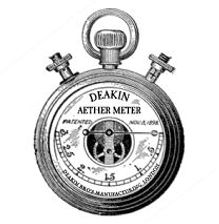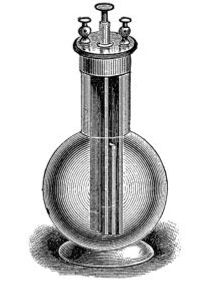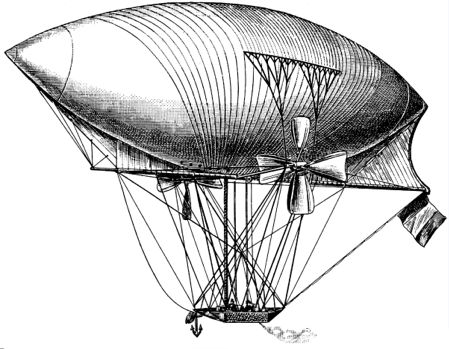 |
| The contents of the Fitzgerald Envelope. |
The Fitzgerald Envelope contained the following items:
- a set of newspaper clippings from the Chicago Tribune, all of which were published in August, 1895. (Item 85A)
- a Western Union telegram sent to Geoffrey Hawkins in Kansas City, dated 20 August, 1895. (Item 85B)
- a set of small mechanical components, severely blackened due to fire damage. (Item 85C)
 |
| Item 85A: Clippings from the Chicago Tribune. August 1895. |
The newspaper clippings all focus on the then notorious case of H.H. Holmes, a particularly heinous serial killer most famous for preying on female visitors to the 1893 World's Columbian Exposition in Chicago. The article headlined "Modern Bluebeard," published in the Chicago Tribune on August 18, 1895, took readers on a tour of Holmes' infamous home:
The second clipping is dated the very next day (19 August) and reports that a devastating fire had destroyed Holmes' "notorious castle." The third clipping is a picture engraving of Holmes himself.A veritable murder factory ban been discovered in the house built at Chicago by H. R. Holmes, who is charged with at least eleven murders and suspected of many more. In this house built and occupied by Holmes the police have found secret rooms without light or air, a sealed chamber, a hidden trap door leading to a hanging secret room, and a steel-bound room built into the wall.The second floor is a labyrinth of mazes, doors, and passages. It contains a death shaft, where bodies could be lowered into into the cellar and from which a hidden passage led to the sealed chamber. One witness has already identified the room where Holmes showed him three corpses on this floor of the house. Another has described a narrow escape from death in one of the dark rooms.The cellar, where large quantities of human remains have been discovered, contains every provision for destroying bodies. Two large vaults of quicklime. one of them containing some human remains, have been found beneath the floor. A hidden tank was found which contained a deadly oil, and when this was unearthed an explosion followed which nearly cost three of three workmen their lives. Even more horrible than this was the discovery of a crematory in the cellar where human bodies could be incinerated.A woman's footprint discovered in a bed of quicklime in the cellar is supposed to be that of Miss Williams, who was last seen in this house and part of whose jewelry has been identified among the contents of a stove used by Holmes. Human bones of all kinds have been dug up out of the cellar of this Bluebeard's castle, and police have found tufts of hair, blood-stained lined and pieces of clothing which had been hastily concealed.
 |
| Item 85B. Western Union Telegram. |
Item 85B is a Western Union telegram sent to Hawkins in Kansas City, in the care of the Vanderzee Detective Bureau. This private agency was a more specialized rival to the famous Pinkertons and was established by Nicholas Vanderzee in 1885. The message of the telegram is brief and mysterious:
To G. Hawkins
c/o The Vanderzee Agency, Troost Ave
Items requested are forthcoming. Fire destroyed building. Nothing remains.
Fitzgerald
 |
| Items 85C. Fire damaged mechanical components. |
Item 85C is a set of three mechanical components, severely damaged and blackened by fire. After careful examination by scientists at the Victorian Mechanical Museum, it was determined that these pieces closely matched the augmentations found on the Clock-Head Skull (Collection Item 5). This evidence very strongly indicated that Dr. Enoch Cyncad, at some point prior to 1893, had emigrated to America.
And apparently Geoffrey Hawkins was attempting to find and apprehend him.
It can be assumed that the Fitzgerald in the telegram is Chicago Police Detective Fitzgerald, one of two detectives who investigated the Holmes "castle." It appears that Fitzgerald found the mechanical pieces, likely in the basement crematorium, and forwarded them to Hawkins in Kansas City.
These revelations certainly raise more questions than they answer. But they do set the stage for a greater exploration of Hawkins' visitations to the United States in the closing years of the 19th century.

















